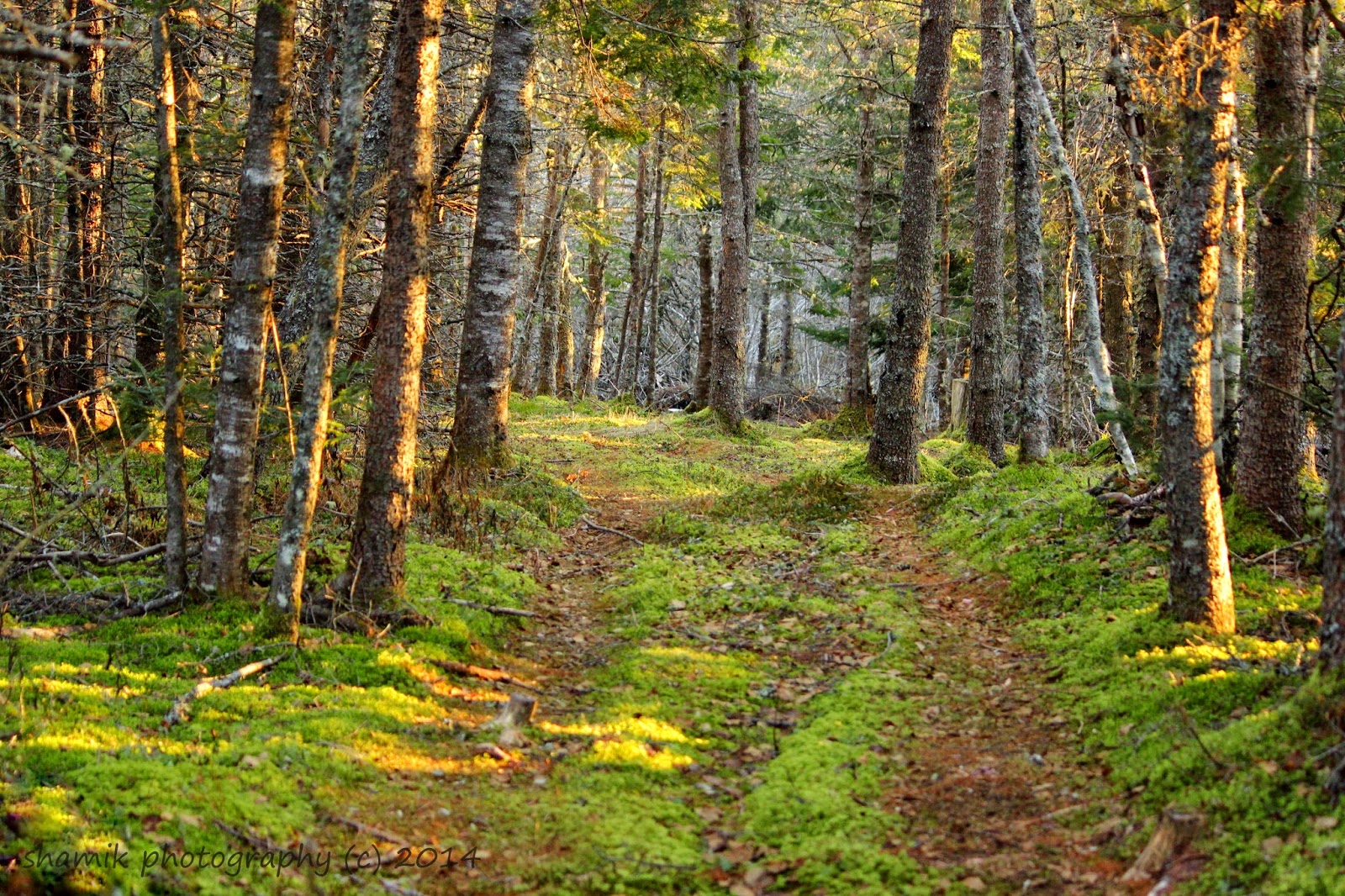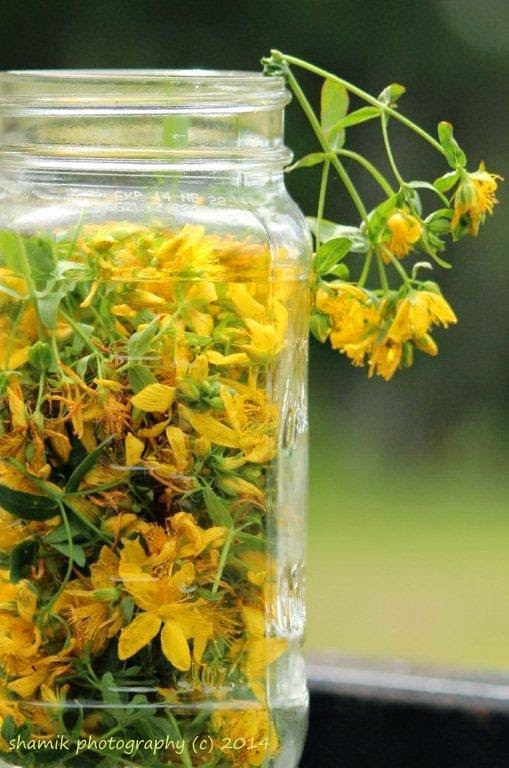St John's Wort flowers (Hypericum perforatum) were hand picked from our property and local area ....
St John’s Wort Oil is created
by infusing the flowers in a fixed oil (I use 100% organic sunflower
oil) and preserved for at least 6 weeks or longer in the sun....
The active components in St
John's Wort are found in the buds, flowers, and newest leaves.
St John's Wort (Hypericum Perforatum) is a very effective anti-inflammatory.... It is excellent for treating insect
bites and stings, cuts, burns, bruises, sprains and speeds recovery
time dramatically... This amazing oil is a must have in a first aid kit.
St John's Wort Oil (30 ml glass bottle) - 100% organic
It is also safe to use on your pets!! We healed our pekin duck's foot... See how :
http://shamik4.blogspot.ca/2012/09/homeopathy-for-my-pekin-duck.html
The St John's Wort flower is a favorite of the bumble bee
** The 2015 harvesting season is here and more of this wonderful oil
will be available for purchase mid September. If you would like a
custom order, please email us and we will be happy to accommodate. We have some excellent quality stock left from 2014 that can be purchased here:
St John's Wort Oil (2014) or on our
Ebay store
****This amazing oil has an excellent shelf life if stored in a cool, dark place
DISCLAIMER:
These statements have not been evaluated by the FDA. These products are
not intended to diagnose, treat, prevent or cure any disease. Customers
are reminded that it is entirely of their own accord, right and
responsibility to make educated choices with their own, and their
family's, health care. Always consult a physician prior to the use of
any herbal product or service.




























.JPG)




















